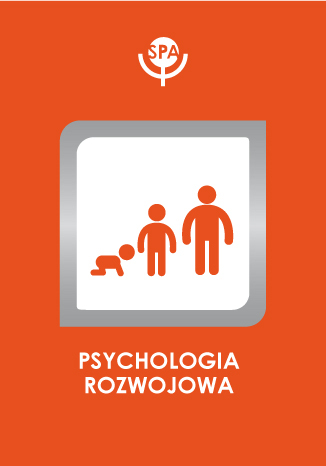Zależność relacji między pozytywnymi i negatywnymi emocjami od poziomu rozwoju podmiotowego jednostki

Aleksander A. Gorbatkow
DOI:
Rocznik: 2002 Tom: 8 Numer: 1
Strony: 49-64
In some reports the data on the dependence of linear correlations between positive and negative emotions on the level of performance of activity are received. The basic types of this dependence are as follows: inverse, direct and nonmonotonic (direct-inverse-direct). Two models are proposed for integration and explanation of these data. The U-model is based on the form of curves of dynamics of positive and negative emotions during the increasing level of performance. The W-model is based on the curves of dynamics of emotional ambivalence and emotional balance during the increasing level of performance. In this study, the same empirical data, appropriate to this hypothesis have been received. The participants (181 village, small and big city final class students of a primary school, aged 13-16 years) completed the two-dimensional version of the Beck Hopelessness Scale. The dependence of the correlations between opposite emotions on the level of performance (academic achievement) is: quadratic (U-shaped) in a sample of female and negative linear in a sample of male. The generalization and limitation of the findings is discussed.









 Pobierz pełny tekst
Pobierz pełny tekst



